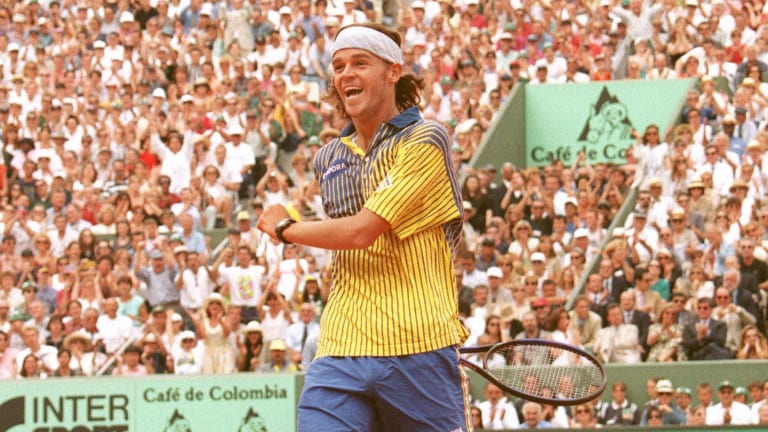Are the tennis tours hitting the Fall wall?
By Oct 01, 2024Madrid Open unveils expansion plans that impress Carlos Alcaraz and Coco Gauff
By Apr 24, 2025Carlos Alcaraz surpasses 40 million dollars in career prize money after winning Monte Carlo
By Apr 14, 2025University of Virginia men’s tennis team secures permanent 'in perpetuity' funding
By Apr 13, 2025Charleston Open will pay women same as men starting in 2026
By Apr 06, 2025Top ATP, WTA players pen letter to Grand Slams seeking greater share of revenue
By Apr 04, 2025Chairman Andrea Gaudenzi will take over as interim ATP CEO after Massimo Calvelli departs
By Apr 04, 2025Novak Djokovic, Coco Gauff and other players ask Grand Slam tournaments for more money and more say
By Apr 03, 2025Wimbledon plans to upgrade the fans' favorite hill for 150th anniversary
By Apr 03, 2025Tennis star Coco Gauff launches own management firm
By Apr 03, 2025Are the tennis tours hitting the Fall wall?
Complaints by pros about the toll exacted by the sport’s roughly 11-month grind are an annual ritual, but the range of reasons for withdrawals has become so broad that it may be approaching critical mass.
Published Oct 01, 2024
Advertising

Give Lorenzo Musetti credit for his play, but 30 tournaments over the past 52 weeks is a lot of tennis.
© Matt Fitzgerald
Advertising
Advertising

Like Grigor Dimitrov, Hubert Hurkacz retired at Wimbledon this year, but was back in action shortly in Montreal.
© AFP or licensors
Advertising

Gustavo Kuerten, a free-spirited talent, arrived at Roland Garros in 1997 armed with a string that revolutionized tennis.
© AFP via Getty Images
Advertising

The WTA and ATP pro tours said in January that the number of matches finishing after midnight “has risen considerably in recent years,” prompting them to test new rules governing late sessions—but those rules don't apply to Grand Slams like Roland Garros.
© AFP or licensors
